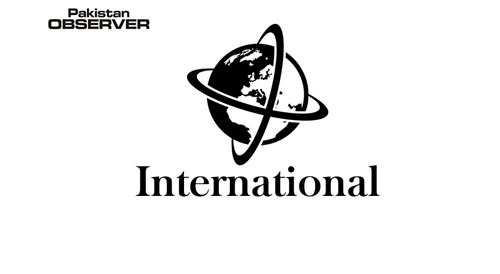Paris
Fewer than 10% of countries have laws that help ensure full inclusion in education, according to UNESCO’s 2020 Global Education Monitoring Report: Inclusion and education – All means all.
The report provides an in-depth analysis of key factors for exclusion of learners in education systems worldwide including background, identity and ability (i.e. gender, age, location, poverty, disability, ethnicity, indigeneity, language, religion, migration or displacement status, sexual orientation or gender identity expression, incarceration, beliefs and attitudes). It identifies an exacerbation of exclusion during the COVID-19 pandemic and estimates that about 40% of low and lower-middle income countries have not supported disadvantaged learners during temporary school shutdown.
The 2020 Global Education Monitoring (GEM) Report urges countries to focus on those left behind as schools reopen so as to foster more resilient and equal societies.
Persistence of exclusion: This year’s Report is the fourth annual UNESCO GEM Report to monitor progress across 209 countries in achieving the education targets adopted by UN Member States in the 2030 Agenda for Sustainable Development. It notes that 258 million children and youth were entirely excluded from education, with poverty as the main obstacle to access. In low- and middle-income countries, adolescents from the richest 20% of all households were three times as likely to complete lower secondary school as were as those from the poorest homes.
Inequitable foundations: Alongside today’s publication, UNESCO GEM Report team launched a new website, PEER, with information on laws and policies concerning inclusion in education for every country in the world. PEER shows that many countries still practice education segregation, which reinforces stereotyping, discrimination and alienation. Laws in a quarter of all countries require children with disabilities to be educated in separate settings, rising to over 40% in Latin America and the Caribbean, as well as in Asia.
Blatant exclusion: In Asia, displaced people, such as the Rohingya were taught in parallel education systems. In OECD countries, more than two-thirds of students from immigrant backgrounds attended schools where they made up at least 50% of the student population, which reduced their chance of academic success.
The Report shows that education systems often fail to take learners’ special needs into account. Just 41 countries worldwide officially recognized sign language and, globally, schools were more eager to get internet access than to cater for learners with disabilities. Some 335 million girls attended schools that did not provide them with the water, sanitation and hygiene services they required to continue attending class during menstruation.—PR










